This exhibition is now closed. Please contact the gallery prior to purchasing art from this exhibition to confirm availability.
13 June - 2 September
“Crazy Jane” is the third iteration of Hamilton Gallery’s annual invited artists exhibition series themed around the works of W B Yeats. Ninety two visual artists from all over Ireland bring their own contemporary visual reflections to bear on Yeats’ most potent and visceral female foil Crazy Jane. Through her they revisit and comment afresh, with the perspective of an artist’s eye, on the themes of culture, sexuality and religion that spurred Yeats into writing these poems almost 85 years ago.
Click on an Image for Light Box view.






















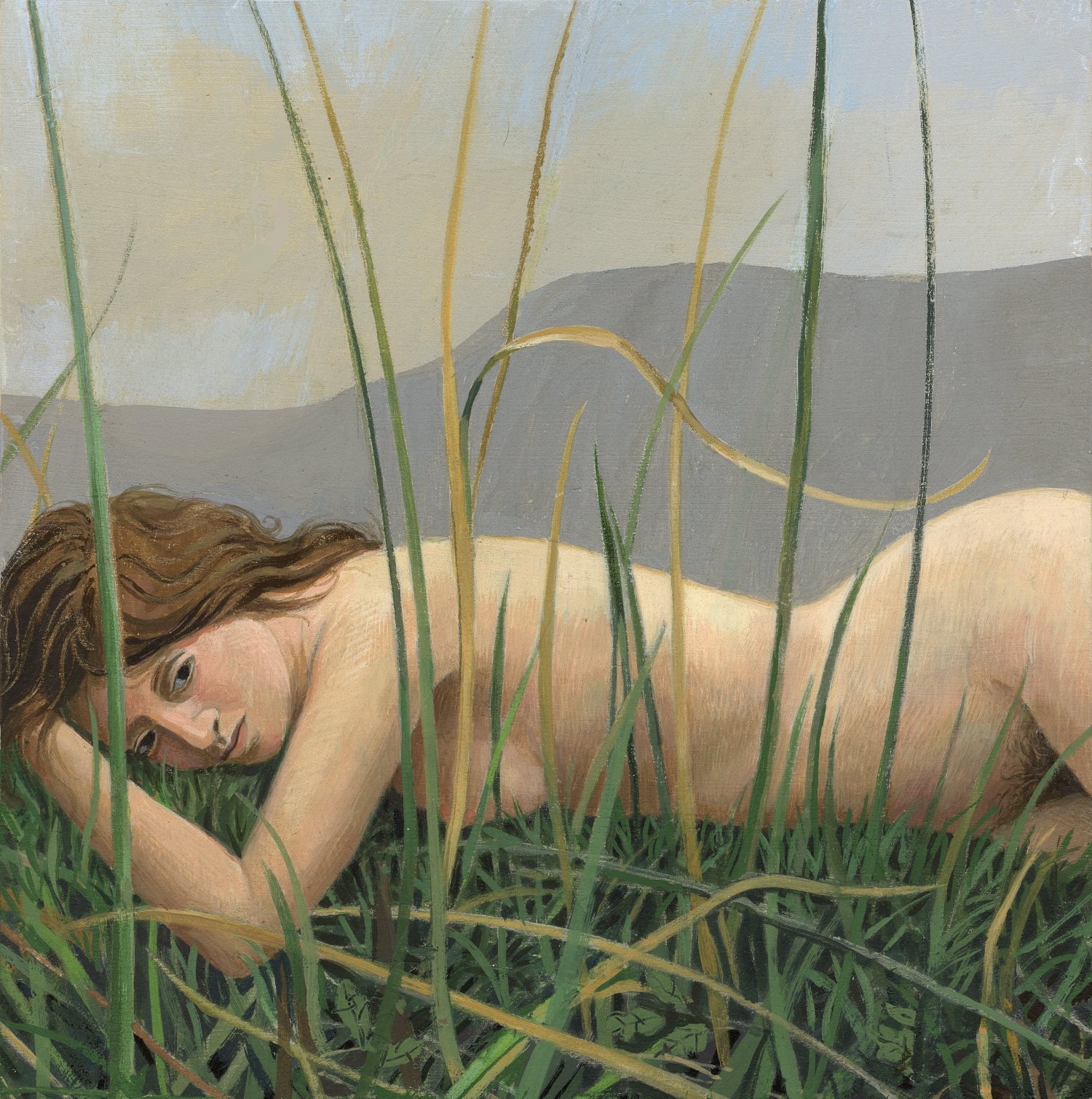





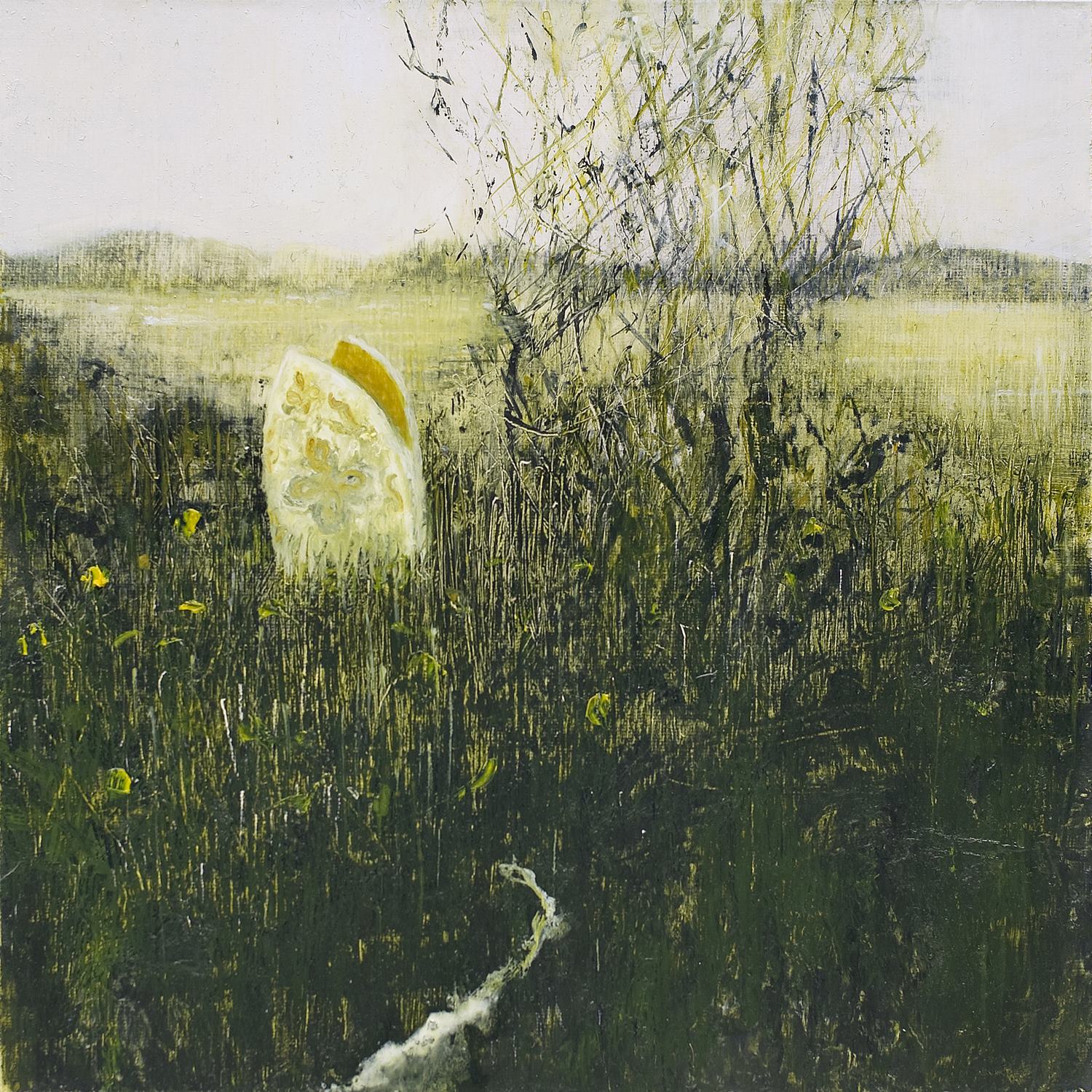







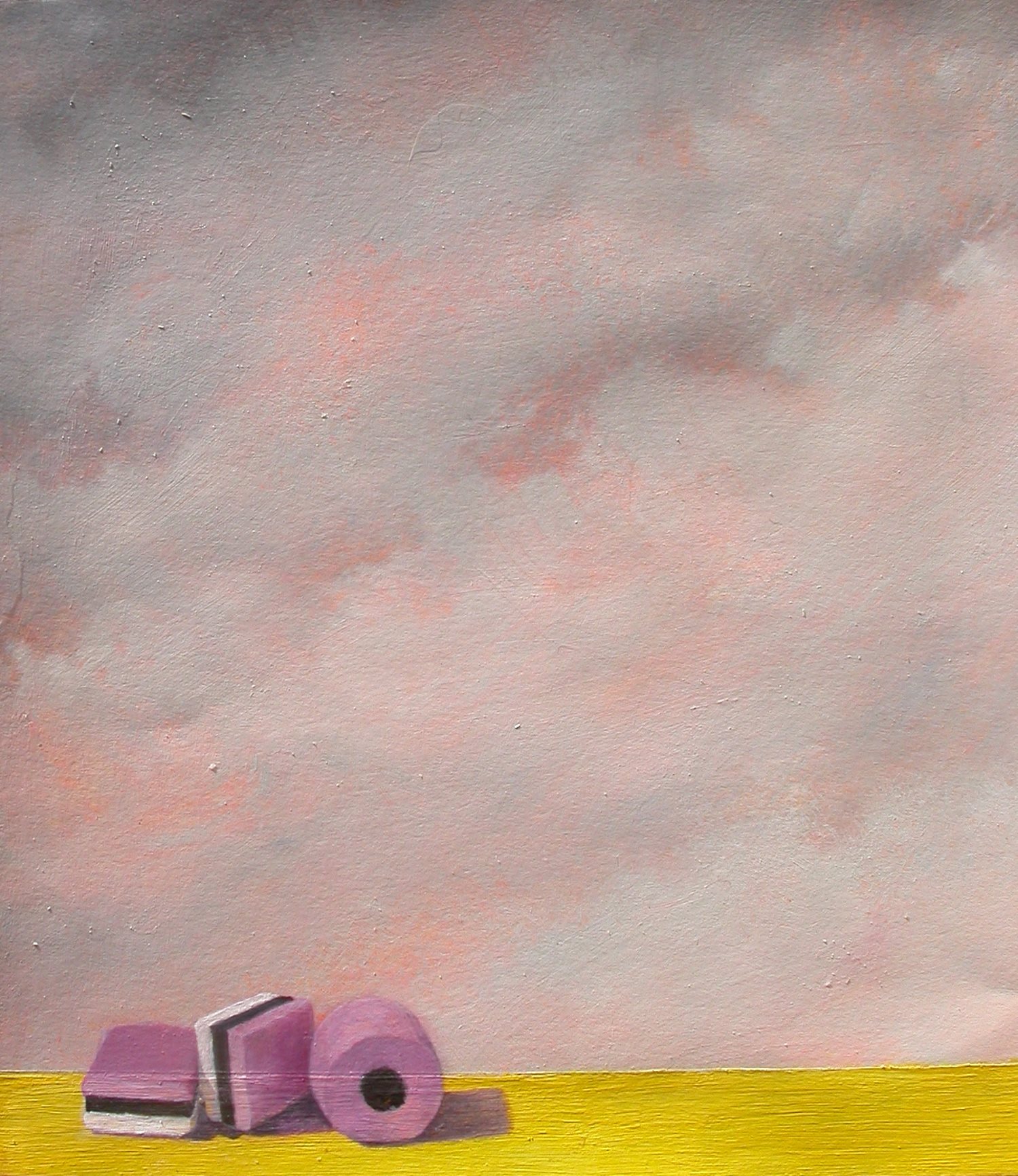

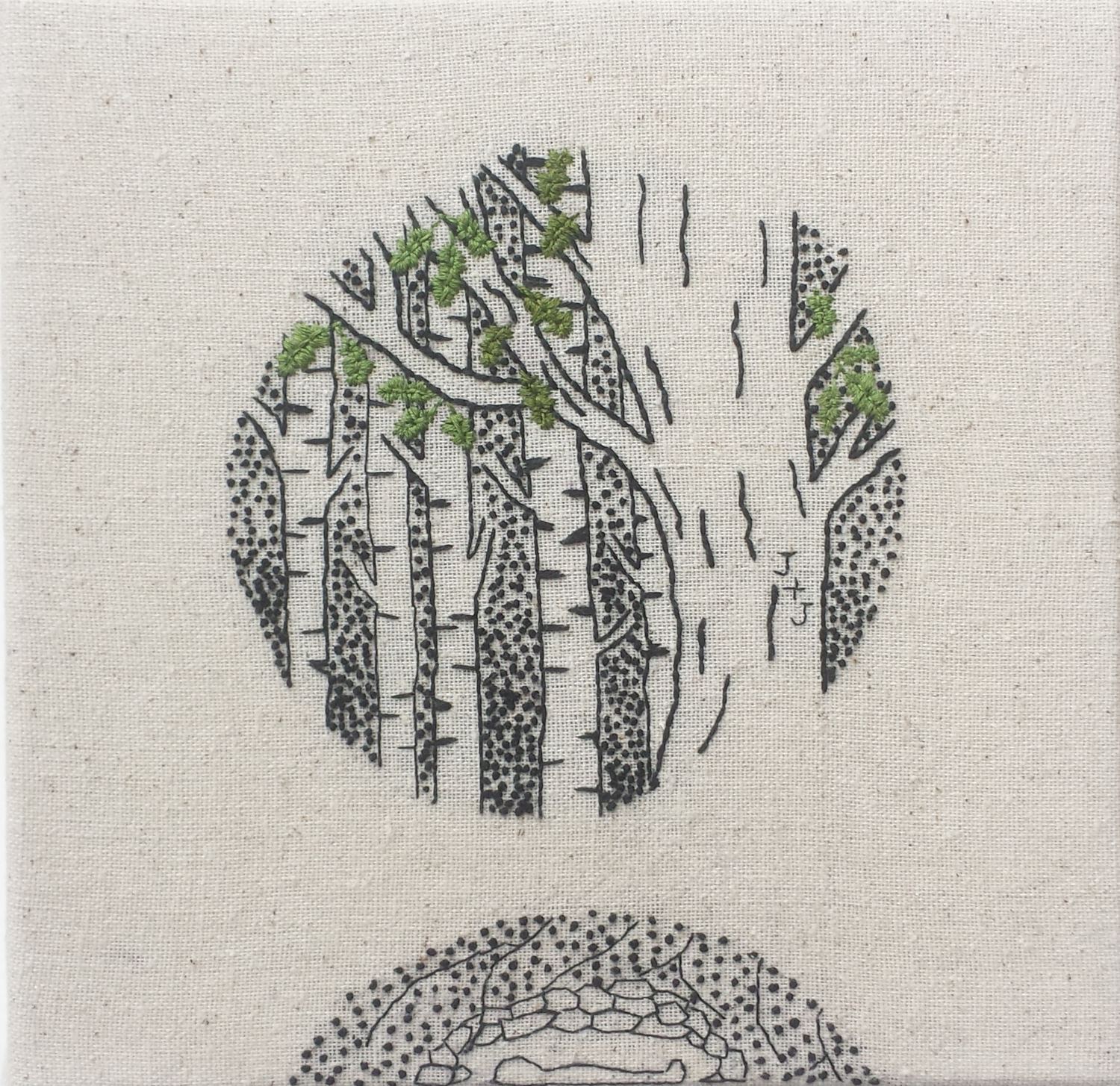












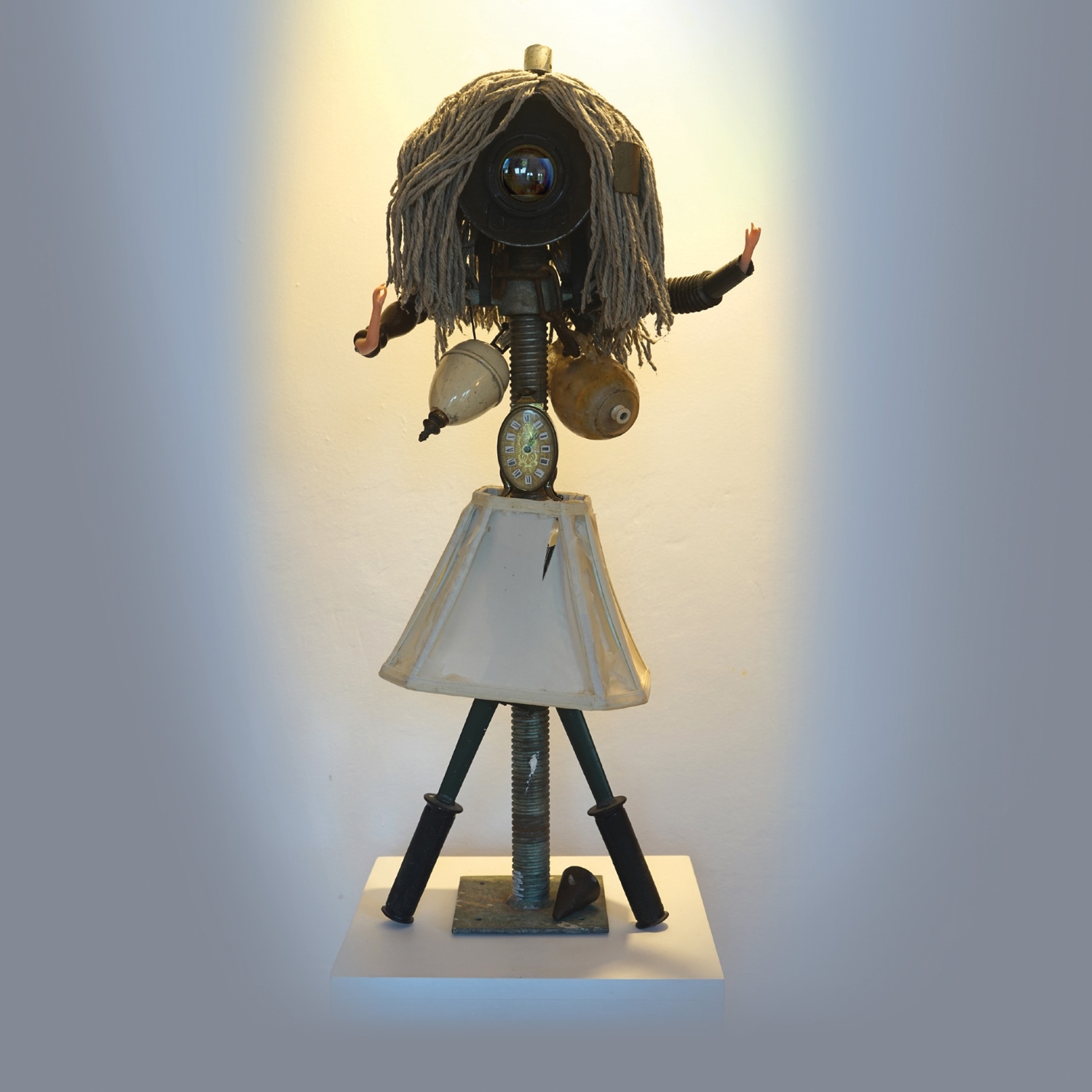

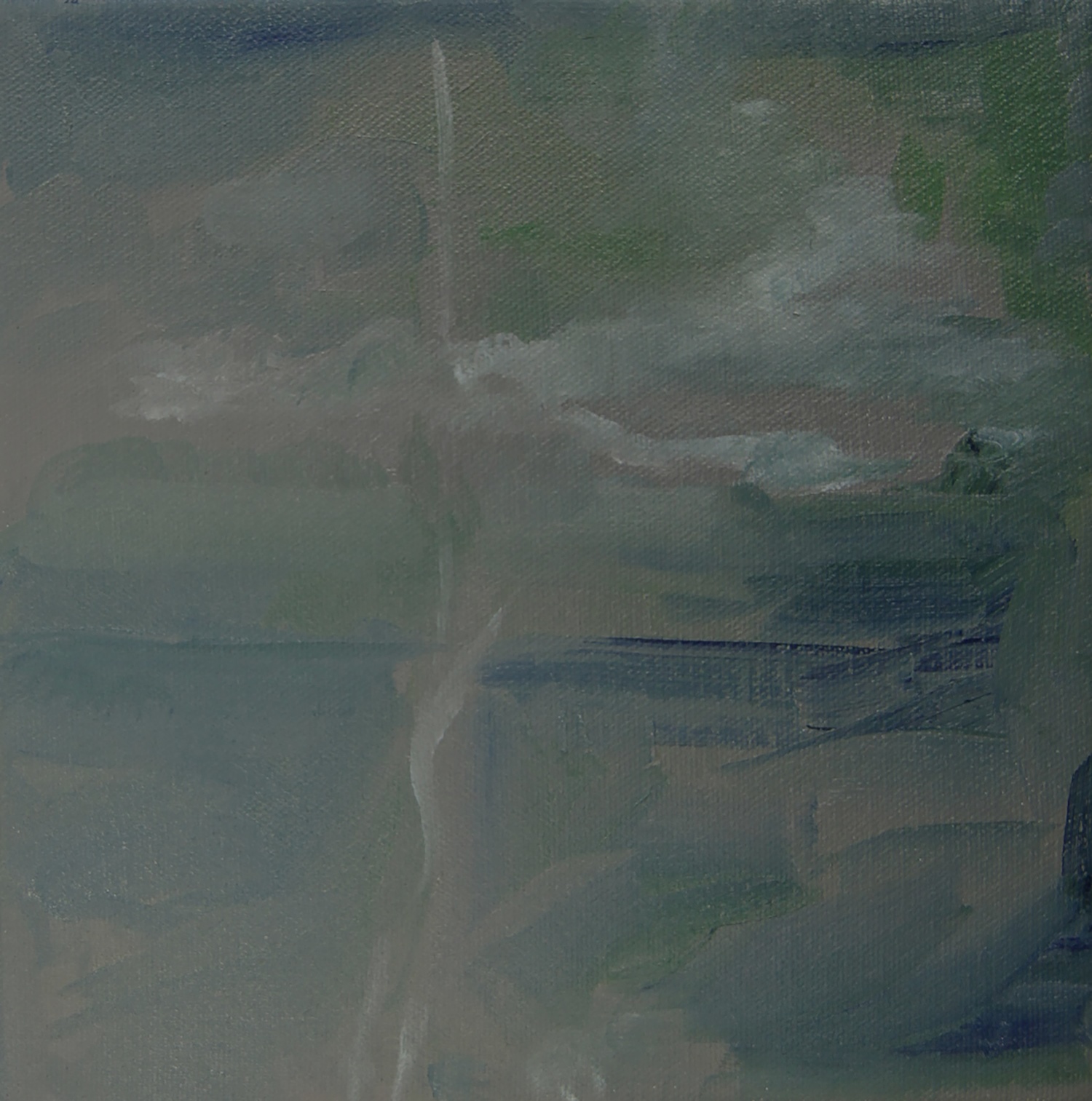


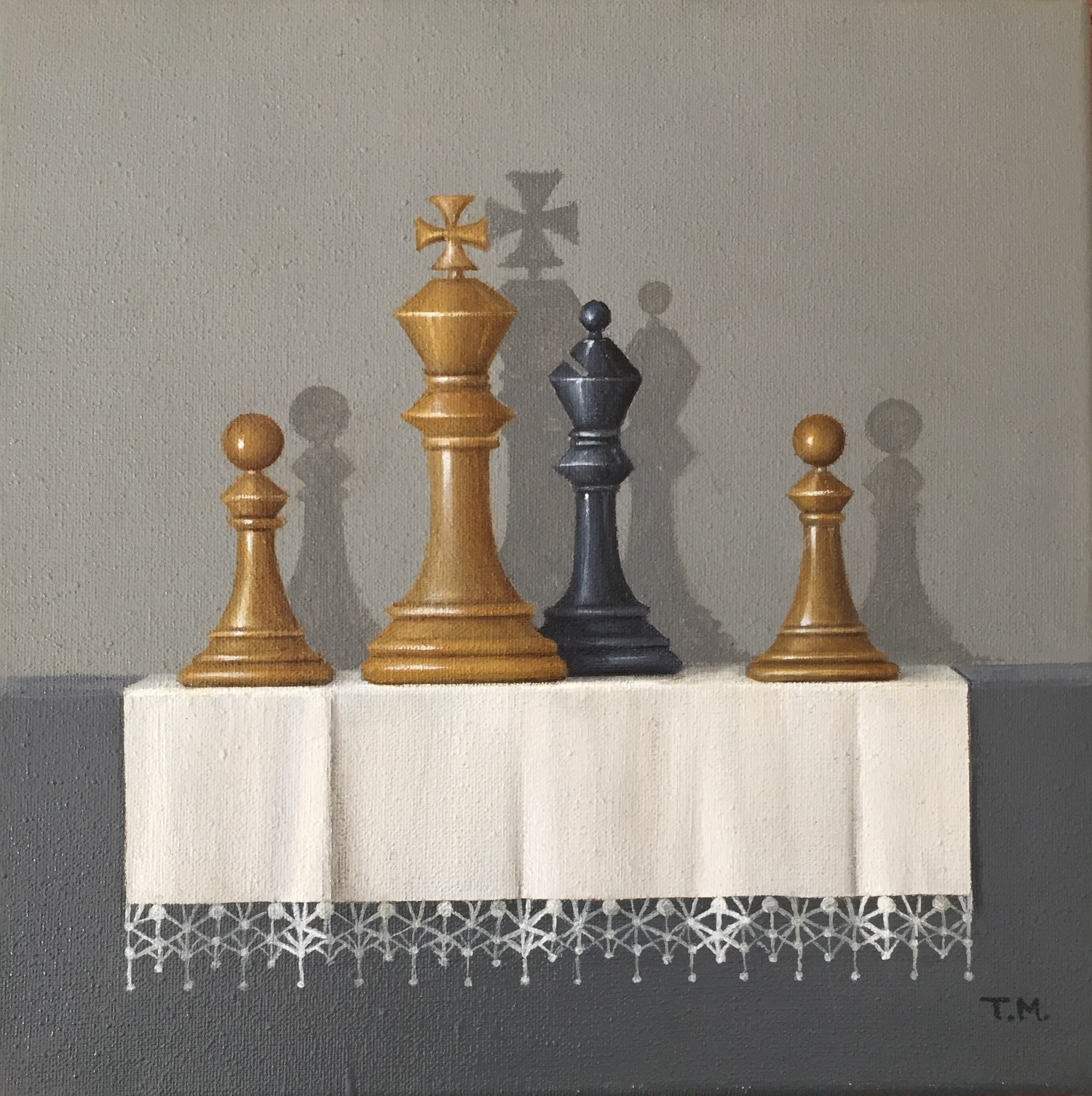

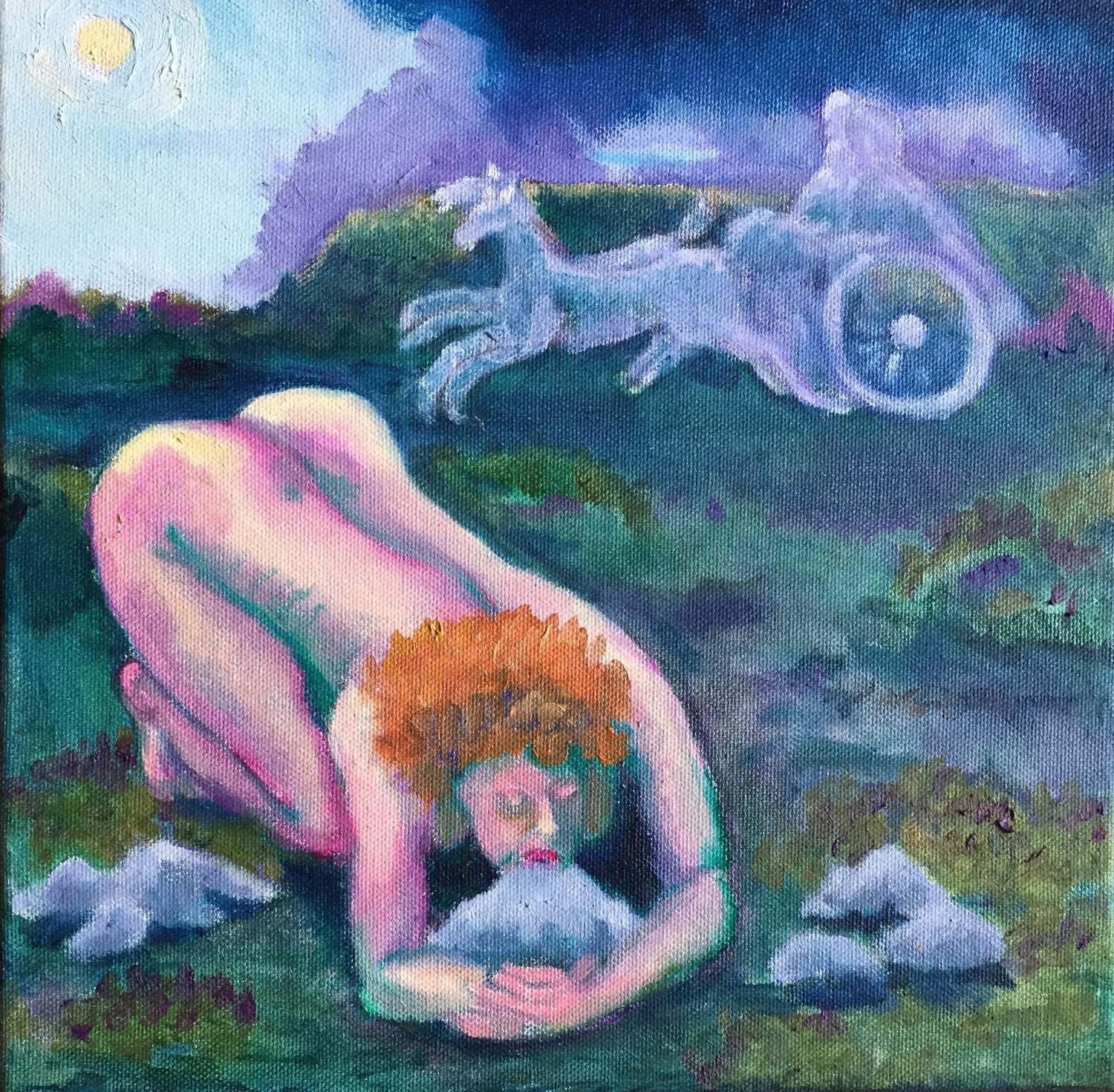


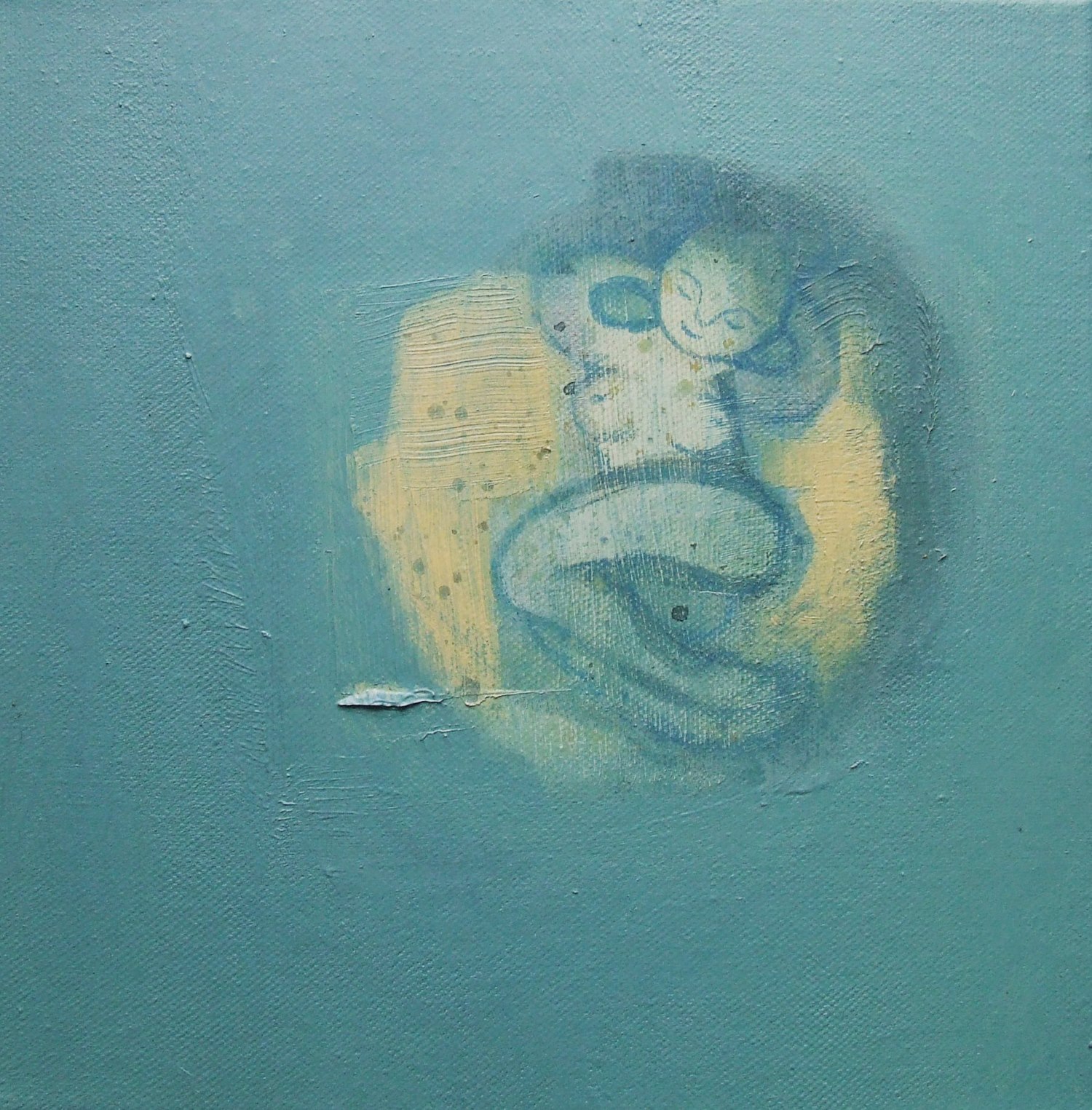

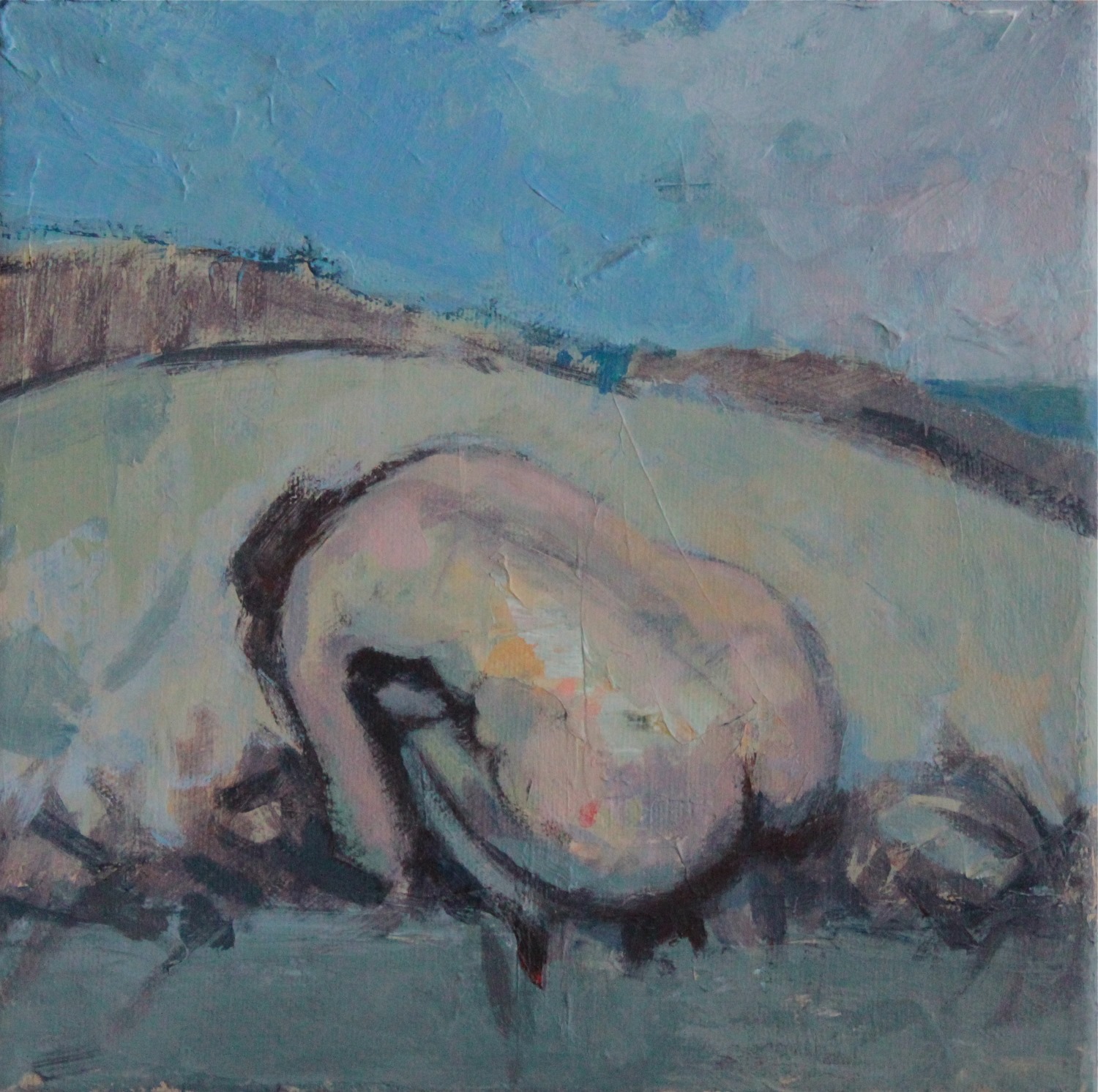










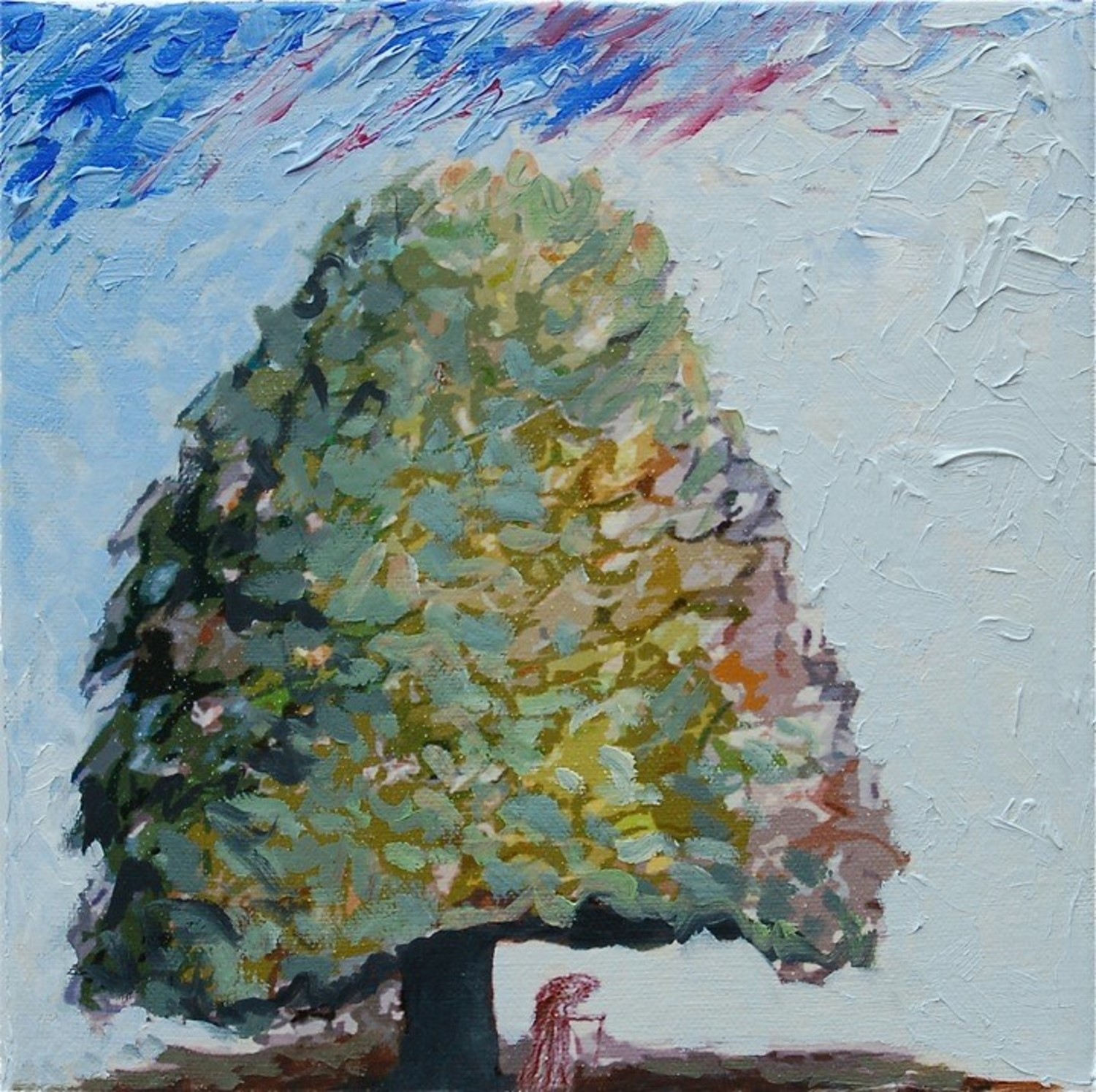















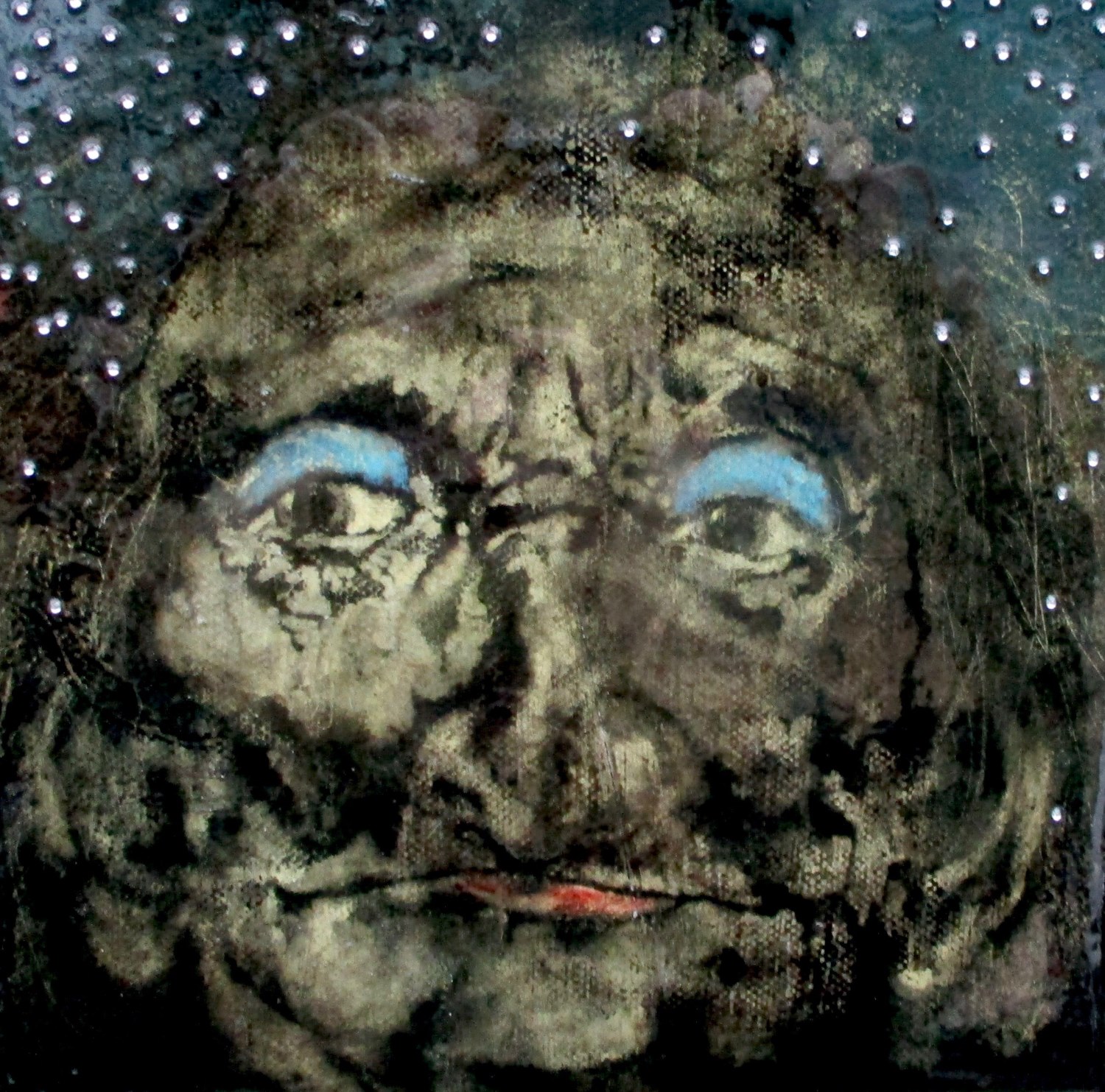

Introduction
by Professor Sean Golden
Yeats was in his mid-sixties when he wrote the Crazy Jane poems, past being a sixty-year old smiling public man, not yet singing seventy years have I lived … and never have I danced for joy. When he was sixty he had already observed that an aged man is but a paltry thing, a tattered coat upon a stick, unless soul clap its hands and sing, and louder sing for every tatter in its mortal dress. He wrote lo Olivia Shakespear that the Crazy Jane poems are, I think, exciting & strange. Sexual abstinence fed their fire — I was ill & yet full of desire. They sometimes came out of the greatest mental excitement I am capable of. He made John Kinsella lament the loss of Mrs. Mary Moore because none other knows what pleasures man at table or in bed, and wonder, what shall I do for pretty girls now my old bawd is dead? Like Crazy Jane, Mary Moore had stories, though not for the priest's ear, to keep the soul of man alive, banish age and care.
So, in his later years, Yeats discovered that body and soul were not to be separated, the physical world not sublimated into the metaphysical, and found in Crazy Jane a voice to defend everything that began in the foul rag and bone shop of the heart, to insist that Love has pitched his mansion in the place of excrement. This insistence on the physicality of erotic love and its anarchic challenge to institutional orders (the theme of much of Herbert Marcuse’s work) has a long tradition in Irish culture. The figure of the cailleach, and especially the Cailleach Bhéara (done masterfully into English by Eiléan Nií Chuilleanáin) come to mind, and even more so, the Sheela na Gig (echoed explicitly in this exhibition by John Behan and Bernie Masterson). In The Irish Comic Tradition, Vivian Mercier explored the fundamental roles of macabre and grotesque humour in Irish culture, the first as a life-affirming response to death in the form of black humour, the second as a response to the mysteries of the sexual urge. Whether consciously or not, Yeats fit himself into this tradition with the Crazy Jane poems.
Crazy Jane curses and refutes the Bishop, the voice of order; defies him like a Sheela na Gig; rejects his heavenly mansion in in order to pitch Love’s mansion at its source, though it be some foul sty in the Bishop’s eye. Crazy Jane prefers the world of nature, to lay on the mountain, where she kissed a stone, to a disembodied civilisation imposed by the Bishops and the powers they represent. Love has its risks; it may morph into hate, passion into violence. Love is impermanent, is but a skein unwound between the dark and dawn; but a binding skein nonetheless, that makes it worth the while, for the life that it gives for the time being.
The artists in this group exhibition have picked up on all of these themes, each in her or his way and form, finding the figure of Crazy Jane fertile enough to configure fresh works of art, new readings of Yeats.
Professor Sean Golden was born of Irish parents in London. Early childhood was spent in Ballina and Ballaghaderreen. Schooled in Connecticut and Massachusetts. Returned to the home place in Ireland to live.Worked some years in Tianjin (China). Before China, a specialist in Irish Studies and James Joyce; after, a specialist in cross-cultural studies, the social history of translation, as well as Chinese thought, politics, and international relations. Divides his time now among Barcelona (Spain), Ballyconnell (Sligo) and Beijing (China). Full professor and Director of the East Asian Studies & Research Centre, Universitat Autònoma de Barcelona, Spain. Co-editor with Peter Fallon of Soft Day: A Miscellany of Contemporary Irish Literature (1980); published in Cyphers, Force 10, The SHOp, The Stinging Fly, and The Cathach. Numerous translations of Chinese poetry, classical and contemporary.
